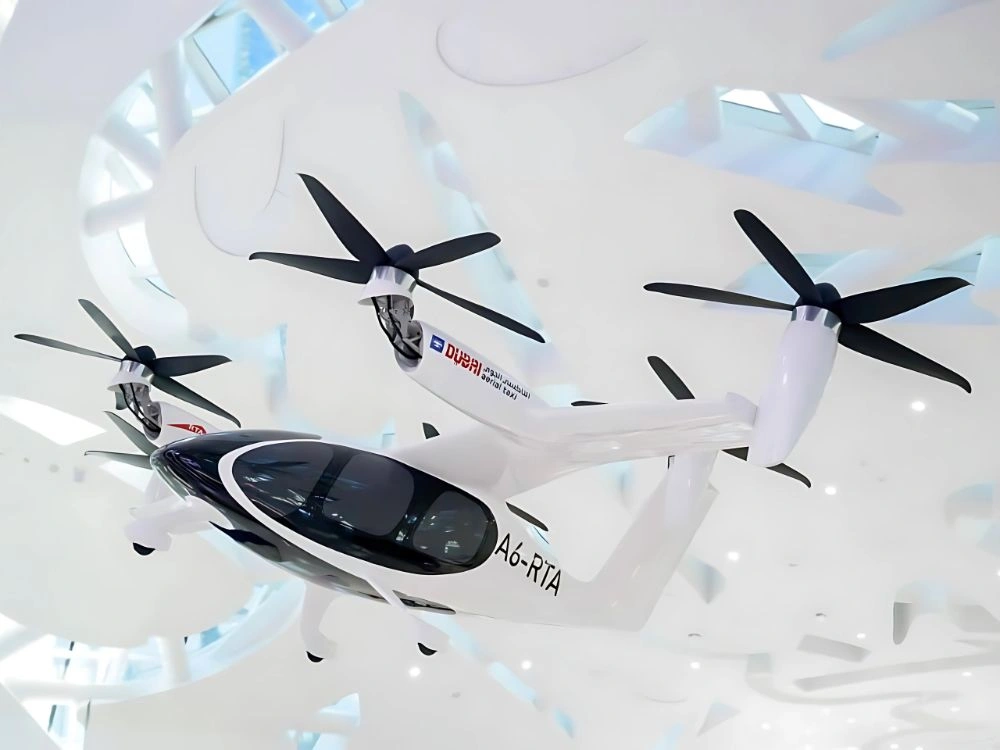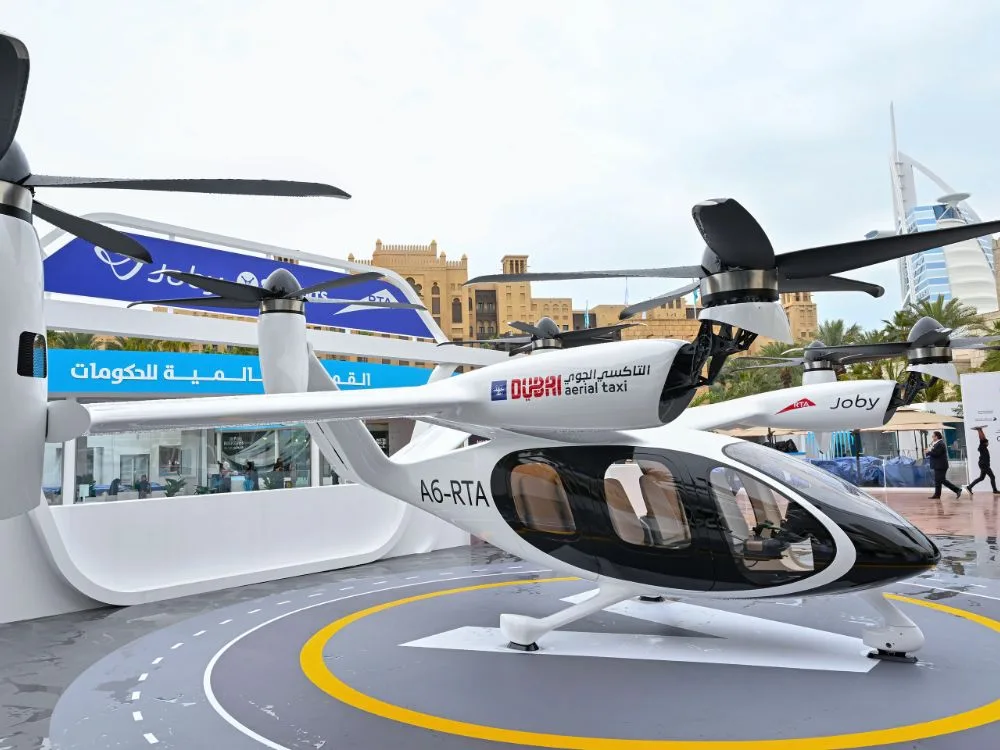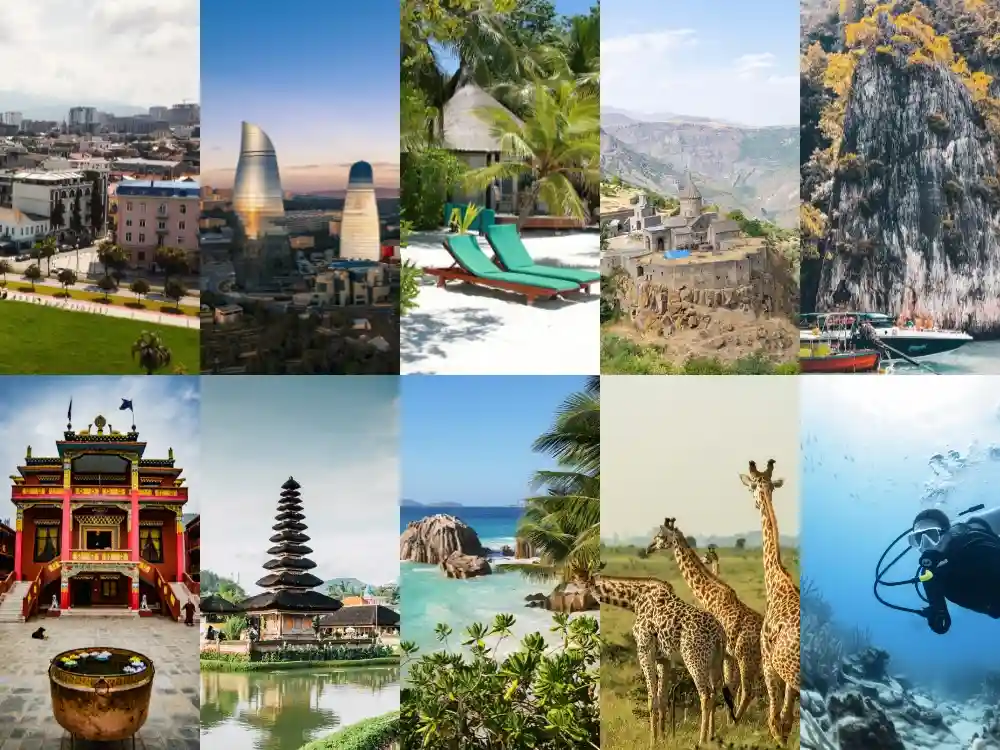Dubai’s Air Taxi 2026: The Future of Urban Travel Is Taking Off

Dubai is set to revolutionize its skyline not just with towering skyscrapers but with air taxis soaring above them. With the first flights expected by early 2026, this futuristic mode of transportation is rapidly becoming a reality. Backed by government support, high-tech innovation, and a commitment to sustainable mobility, Dubai’s air taxi initiative is capturing global attention.
What Are Air Taxis?
Air taxis are electric vertical takeoff and landing (eVTOL) aircraft designed for short-distance urban travel. These eco-friendly, quiet, and efficient vehicles are ideal for reducing road congestion in bustling cities like Dubai. Unlike helicopters, they are fully electric and promise a faster, safer, and more affordable option for inner-city travel.
When Will Air Taxis Launch in Dubai?
According to the Roads and Transport Authority (RTA), the first air taxi flights in Dubai are expected to launch in the first quarter of 2026. Initial operations may begin sooner in limited capacities, but the goal is to have a full-scale commercial service up and running by early 2026.
The RTA has signed a partnership with Joby Aviation, a U.S.-based company known for its electric air vehicles. Joby has secured exclusive operating rights for six years and will work closely with Dubai officials to ensure the project aligns with the city’s Advanced Air Mobility (AAM) vision.
🔗 Read more about the Joby-RTA partnership here
Testing and Development Milestones
Dubai is not venturing into this initiative without thorough preparation. Over 400 test flights have already been conducted in the UAE, including high-profile pilot tests between Dubai and Abu Dhabi. Joby Aviation alone has completed over 40,000 miles of test flights globally and is working toward full certification and safety compliance.
Another aviation firm, Archer Aviation, is also conducting flight tests in the UAE to enhance regional capabilities. These flights focus on performance, safety, and passenger experience, marking a significant step forward in the development process.

Planned Vertiport Locations
To support this new mode of transportation, the RTA is building a network of vertiports—landing and takeoff pads specially designed for eVTOLs. The initial four locations confirmed are:
-
Dubai International Airport (DXB)
-
Palm Jumeirah
-
Dubai Marina
-
Downtown Dubai
These hubs will allow travelers to significantly cut down on travel times. For instance, a ride from DXB to Palm Jumeirah, which takes roughly 45 minutes by car, can be completed in just 10-12 minutes via air taxi.
Key Features of Dubai’s Air Taxis
-
Electric-powered for zero emissions
-
Maximum speed of 320 km/h
-
Carries four passengers plus one pilot
-
Quiet operation—noise levels 100 times lower than helicopters
-
AI and GPS integration for smooth, autonomous navigation in future phases
Dubai’s Vision for Autonomous Transport
Dubai’s Smart City strategy aims to have 25% of all trips be autonomous by 2030, and air taxis play a central role in this initiative. The goal is to ease traffic congestion, cut emissions, and enhance overall urban mobility.
This move aligns with other smart transport systems in development, such as autonomous buses, driverless taxis, and AI-driven metro systems.
Conclusion
Dubai’s air taxis aren’t just a tech gimmick—they are a game-changer for urban mobility. With strong backing from government authorities, cutting-edge companies like Joby Aviation, and real infrastructure being developed, the dream of flying above traffic is closer than ever.
As we head toward 2026, Dubai is not only embracing the future—it’s building it.



